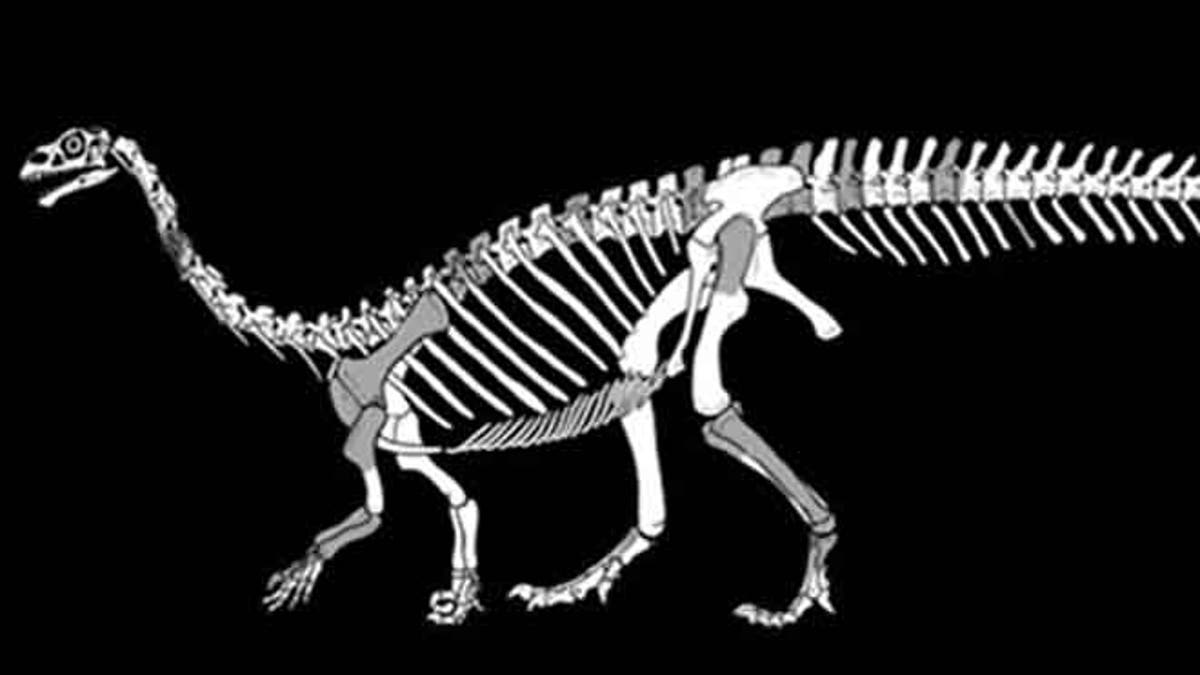
(University of the Witwatersrand, Johannesburg)
A new discovery in South Africa is offering a window into a dinosaur family tree that once spread across two continents, when Africa and South America were one piece of land.
The newly identified Sefapanosaurus belongs to a group of dinos that are genetically related to the Sauropods, which also fathered two species that roamed around Argentina some 200 million years ago.
Interestingly, the paleontologists made their discovery not in a dusty South African field but in a large fossil collection at Johannesburg's Wits University. The bones had actually been found in the 1930s and were thought to be an entirely different dinosaur called Aardonyx.
Lead researcher Alejandro Otero explained that Sauropods, famous for their long necks and small heads, includes Sefapanosaurus and Aardonyx, found in South Africa, as well as the Argentinian-based Mussaurus and Leonerasaurus.
“The dinosaurs of both continents are not of the same species,” Otero told Fox News Latino in an email. "They are related because by the end of the Triassic and the early Jurassic (when these dinosaurs lived), South America and Africa were united and were part of the Pangea supercontinent (with India, Australia and Antarctica), so dinosaurs roamed from one side of the continent to the other,” he said.
When South America and Africa split in the Cretaceous Period, Otero said, the division created allowed dinosaurs to differentiate and evolve independently, but always preserving a common origin.
The researchers published their findings this week in the Zoological Journal of the Linnaean Society journal.
Dr. Alejandro Otero and his team were able to make the distinction after noticing a cross of bones at the ankle that had not been seen before. They named it named it Sefapanosaurus, from the Sesotho word ‘sefapano,’ which means “cross.”
“Sefapanosaurus constitutes a member of the growing list of transitional sauropodomorph dinosaurs from Argentina and South Africa that are increasingly telling us about how they diversified,” said Dr. Jonah Choiniere, a co-author in the study, in a statement.
“It also gives us hope that this is the start of many such collaborative palaeo-research projects between South Africa and Argentina that could yield more such remarkable discoveries,” he added.




















